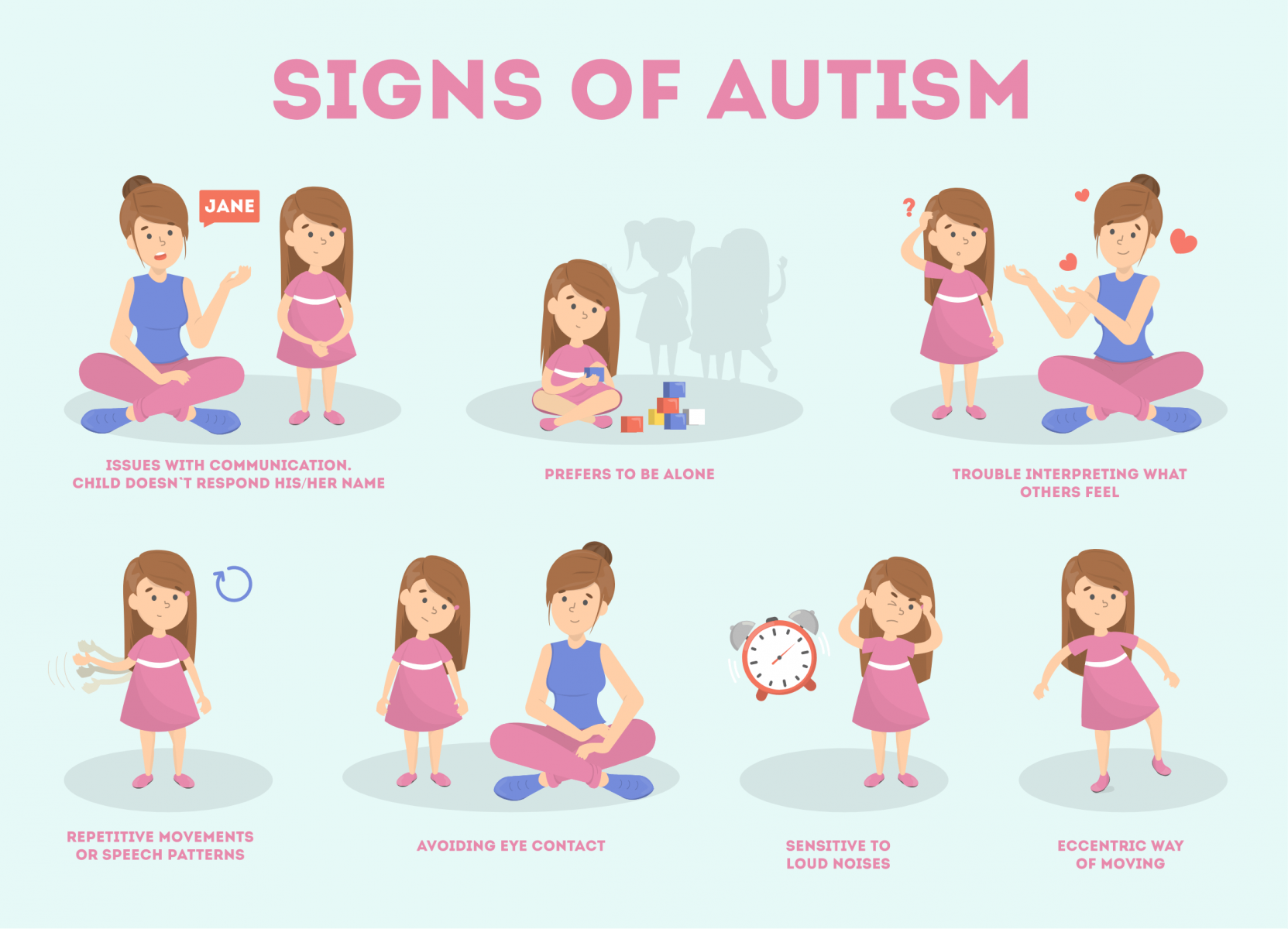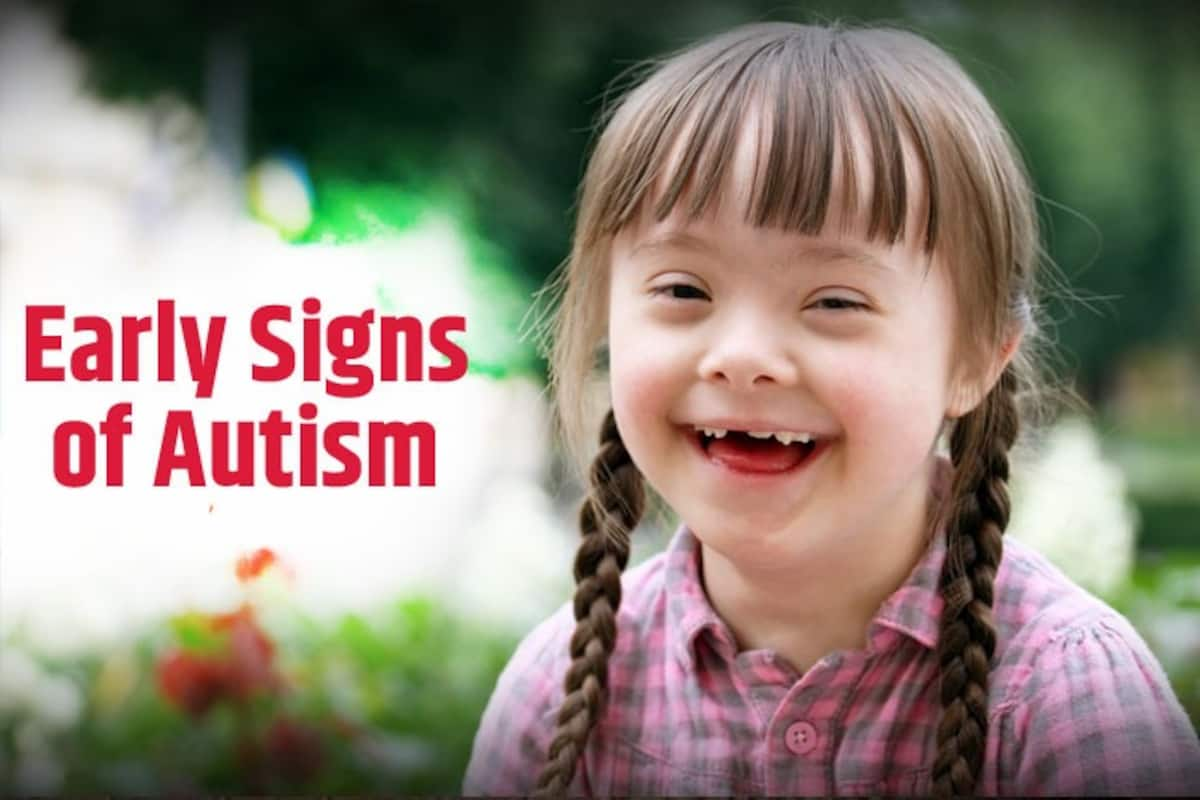Understanding Autism: A Comprehensive Overview to Symptoms And Signs
Autism Range Disorder (ASD) includes a large array of characteristics that can substantially influence an individual's social interactions and daily functioning. Comprehending these subtleties not just help caretakers and instructors in providing appropriate support however likewise promotes a much more comprehensive setting for people with ASD.
Review of Autism Range Problem
Specifying Autism Spectrum Condition (ASD) entails recognizing it as a complicated neurodevelopmental problem identified by a variety of obstacles in social communication, interaction, and behavior patterns. The term "spectrum" mirrors the wide variability in signs and symptoms and their severity, which can vary considerably from one person to one more. ASD typically manifests in early youth, although some individuals may not obtain a medical diagnosis up until later in life.
Elements influencing the growth of ASD consist of ecological aspects and genetic proneness, although the specific causes remain under examination. Medical diagnosis frequently counts on behavior evaluations, as there are no conclusive medical examinations for ASD. Early intervention is crucial and can significantly boost results, concentrating on improving interaction abilities, social communications, and adaptive behaviors.
People with ASD may additionally display distinct staminas, such as phenomenal interest to information or specific locations of experience. Comprehending the multifaceted nature of ASD is crucial for cultivating an inclusive setting that fits neurodiversity. Proceeded research study is essential for establishing reliable interventions and assistance systems, enabling people with ASD to grow and meet their potential within society.
Usual Signs of Autism
Acknowledging the common indications of Autism Range Disorder (ASD) is important for very early recognition and intervention. These indicators can vary commonly in extent and presentation, however particular characteristics are often observed in people with ASD.
One of the most common signs is a marked problem in preserving and developing eye get in touch with. People might likewise display restricted rate of interest in social communications and reveal a choice for singular play.
Sensory level of sensitivities are likewise typical; individuals may overreact or underreact to sensory stimulations, such as audios, appearances, or lights. autism. Language growth can be atypical, with some children exhibiting postponed speech or making use of language in uncommon ways, including echolalia-- duplicating sentences or expressions heard elsewhere
It is important to keep in mind that not every individual with ASD will present all these indicators, and the degree of these behaviors can vary dramatically. Early acknowledgment enables prompt assistance and resources, improving the lifestyle for those on the spectrum.
Social Interaction Difficulties
Social communication obstacles are a trademark of Autism Spectrum Problem (ASD), affecting an individual's capacity to involve successfully with others. These difficulties can show up in different ways, consisting of challenges in launching and maintaining discussions, comprehending social cues, and reacting appropriately in social communications.
Individuals with ASD might have problem with nonverbal interaction, such as eye contact, face expressions, and body movement. This can result in misconceptions, as their communicative intent may not be appropriately interpreted by others. In addition, they may locate it challenging to realize the nuances of tone and context, which are crucial for effective communication.
In group setups, people with ASD may feel overloaded and might not know exactly how to sign up with in discussions (autism). They may additionally exhibit atypical conversational patterns, such as monologuing regarding details interests without acknowledging social reciprocity
Moreover, these challenges can cause social isolation or difficulties in developing connections, as peers might misunderstand their behavior or communication design. Recognizing these social communication difficulties is crucial for promoting helpful settings that advertise social abilities development and enhance the quality of interactions for individuals on the about his autism spectrum.
Sensory Responses and sensitivities
Many people with Autism Spectrum Disorder (ASD) experience enhanced sensory level of sensitivities that can substantially impact their day-to-day lives. An individual with ASD may locate everyday noises, such as a vacuum cleanser or crowded atmospheres, overwhelmingly traumatic, leading to stress and anxiety or meltdowns.
Sensory handling differences in individuals with ASD can likewise affect their capacity to More Bonuses take part in social interactions and regular activities. A kid that is sensitive to touch might resist physical love or avoid particular clothes fabrics. Alternatively, a choice for certain structures or preferences can limit nutritional options and produce obstacles during nourishments.
Recognizing these sensory sensitivities is necessary for identifying the unique experiences of individuals with ASD. Understanding of their sensory accounts can cultivate far better communication and support techniques, developing an atmosphere that fits their demands and improves their lifestyle. Ultimately, acknowledging sensory sensitivities is an important part of understanding the more comprehensive spectrum of autism.

Supporting People With Autism
Efficient assistance for people with Autism Spectrum Condition (ASD) is crucial for improving their total health and fostering self-reliance. Assistance strategies ought to be customized to fulfill the distinct requirements of each person, considering their difficulties and staminas.

Social skills training can likewise play an essential duty. autism. Engaging individuals in group activities or role-playing situations can boost their capacity to browse social interactions. In addition, it is vital to enlighten household participants, caretakers, and peers concerning ASD to cultivate a supportive and inclusive community
Conclusion
By promoting improved communication and social skills, people with autism can navigate their environments more efficiently. Eventually, increased recognition and assistance can considerably boost the top quality of life for those impacted by ASD.
Autism Range Disorder (ASD) incorporates a large range of features that can substantially impact a person's social resource interactions and day-to-day functioning.People with ASD may battle with nonverbal communication, such as eye call, facial expressions, and body language.Several individuals with Autism Range Condition (ASD) experience heightened sensory level of sensitivities that can significantly affect their daily lives.Sensory handling distinctions in individuals with ASD can additionally affect their capacity to engage in regular activities and social interactions.Recognizing these sensory level of sensitivities is essential for acknowledging the unique experiences of individuals with ASD.